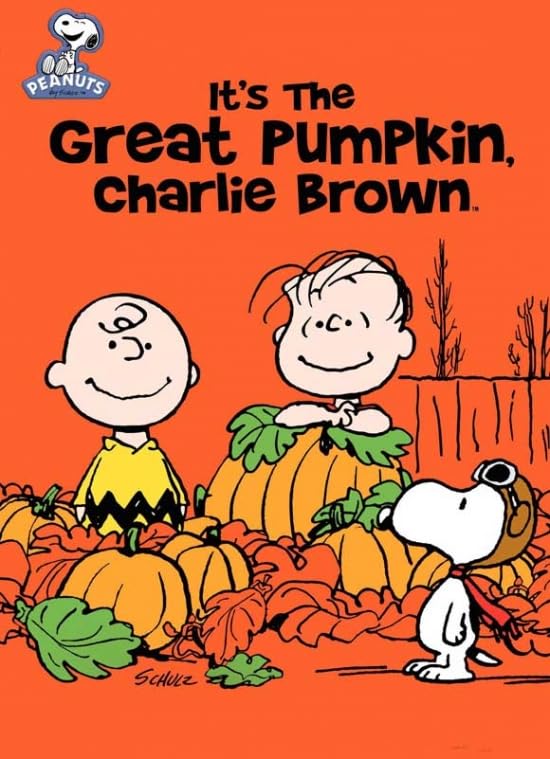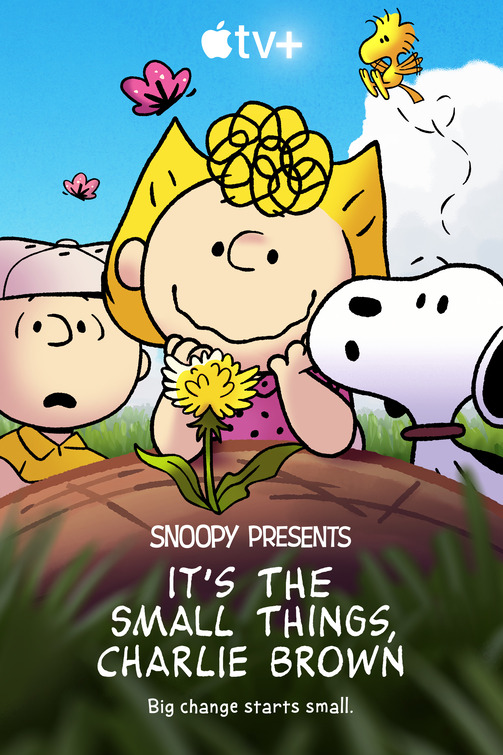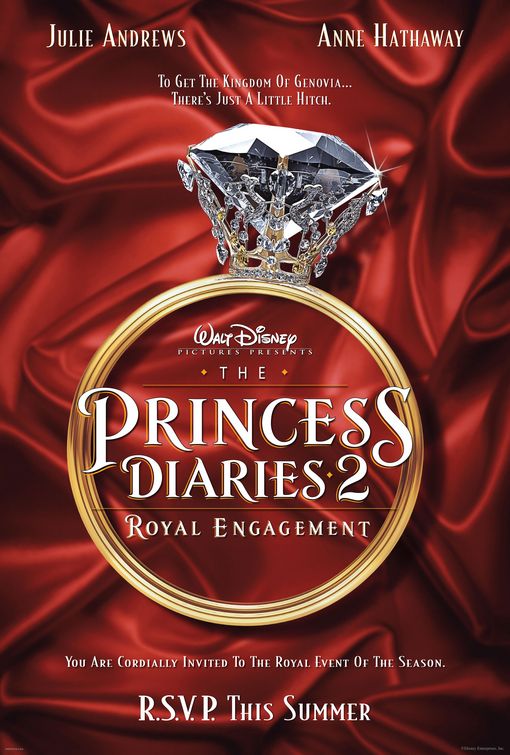Why Animation Thrives: ‘Timeless…Storytelling’
Movieguide® Contributor
The Hollywood Reporter gathered six revered animated movie directors to discuss all things animation and why the industry will thrive despite AI’s capabilities.
It hosted “Josh Cooley, director of Paramount’s TRANSFORMERS ONE; Kelsey Mann, the helmer behind Pixar’s INSIDE OUT 2, the highest-grossing animated film of all time; Dana Ledoux Miller, one of the directors of Disney’s MOANA 2 (along with David Derrick and Jason Hand); Morgan Neville, who helmed PIECE BY PIECE, the Focus Features’ Lego-animated documentary about the life of Pharrell Williams; Nick Park, director (with Merlin Crossingham) of the Netflix claymation film WALLACE & GROMIT: VENGEANCE MOST FOWL; and Chris Sanders, director of Universal Pictures’ THE WILD ROBOT.”
Each director had a movie or few that inspired them to become filmmakers.
Miller said, “I’d say [1987’s] THE PRINCESS BRIDE is probably one of the first that I saw that really just changed the way I thought about storytelling, even when I was young. It was just so fun and so exciting, and I think it just got me excited about watching movies. But also [1992’s] THE LITTLE MERMAID,” ALADDIN and THE LION KING. “I just remember seeing those films in the theater and wanting to be in those stories.”
Sanders brought THE WILD ROBOT to life after reading Peter Brown’s book of the same name.
“Of course, I love robots, and the idea of a robot that doesn’t even know it’s lost is just really charming and compelling. But the cherry at the center was the mom story [voiced by Lupita Nyong’o],” he said. “I never get to work on things like that. The idea at the very core of THE WILD ROBOT was a mom, and that for me was a really intriguing and compelling challenge.”
For MOANA 2, Miller wanted to keep the familiar theme of Moana staying connected to her roots.
“I really thought about what it would mean for a young woman who had just become a leader of her community — what’s the next step of that?,” she shared. “Without reinventing that entire journey from the first film, we really focused on making sure that she was still growing. Not changing the fundamental core of who she is but expanding on that.”
None of the directors are fearful about how AI could change the game when it comes to visual storytelling.
“I don’t know much about AI, but what I do know is that you’re only going to get what you put into it. If that means we’re getting the same kind of regurgitated stuff back at us, that’s going to force us to make even better movies that are more exciting,” Cooley said. “…think about [2022’s] EVERYTHING EVERYWHERE ALL AT ONCE. No computer could have made that…The stuff that I love is just so new and original that I know that can only come from people.”
The directors agree that accidents and trouble with technology can nudge creativity and humor in films.
Miller said, “So much of every great film that we love comes out of a happy accident. It’s two people working in a room. In our case, we have Mini Maui [a sentient tattoo on the demigod Maui], who’s hand-drawn on CG,” she explained. “It’s this complicated process that works because we’re in a room trying to figure out whether it’s one frame higher or one frame lower, and suddenly we have a joke that we didn’t have before.”
Mann said, “I’m sure there’ll still be people who want stuff that’s created by AI, but there’ll be a whole bunch of people who will want the opposite. Nick, one of my favorite things about your film is seeing the fingerprints in the clay. I love that. And I think people will want more of that.”
Though Sanders’s movie is all about a futuristic robot, his team didn’t use any AI tech in the making of the picture.
“It certainly wasn’t around when the book was written, but the new digital technology allowed us to get people back into the process,” Sanders said. “In our case, we had backgrounds that were 100 percent painted by people. Just like in THE LION KING, just like [2002’s] LILO & STITCH.”
“We haven’t had that for a long, long time — for decades,” he explained. “People have reacted so positively to the vibe of the movie, and I think that’s largely because there’s such an immense amount of humanity just poured into every background. You absolutely feel it. That gave me a lot of hope for the human element being present in these things.”
READ MORE: ANIMATION GUILD CALLS FOR AI PROTECTIONS IN CONTRACT NEGOTIATIONS
As this year has produced a large number of successful, family-friendly animated movies, all of the directors feel excited and hopeful about the future and lasting impact of animation.
Sanders said, “I think that this year more than ever, animation has really been out there taking the lead in entertaining people, comforting people. Animated films are such a labor of love, you sink so much time into them. But it’s totally worth it because animated films endure. They shake off age like nothing else.”
Neville added, “These are incredible films everybody’s made here, all speaking to something about the human spirit, with a positive way of looking at that. I feel animation is actually the most timeless kind of storytelling, way more than documentary. That is so valuable in this day and age, to be able to make these films that speak not just to ourselves but speak to others that share messages of human value, a way of shared vision of a community in a world we’re going to live in. I think these films all do that.”
Part of the “timeless” attraction of animation is that they’re usually movies with wholesome themes that a whole family can enjoy, from toddlers to grandparents. This results in more crowds and big wins at the box office.
Toonsmag adds that they’re “cathartic” for watchers, no matter the age. Through artful storytelling, animated moviemakers channel a twist of emotions that usually leads to a euphoric happy ending.
Filmmaker Pablo Ruiz shared that the relatable and universal messages within animated movies are part of the appeal.
“Animated movies…have to have a clear message kids can connect to. And this means it has to be something universal. So everyone can enjoy it!” Ruiz wrote.
“In SHREK, we learn what matters is what’s inside. All TOY STORY films teach us about letting go and about friendship. THE LION KING teaches us about responsibility and facing your problems,” he said. “These are all things we can all relate to.”
“I remember being inspired by Robert McKee,” Park told THR, “who said we may not know it, but we’re going to the cinema to find meaning and truth. That’s what we’re all trying to do.”
READ MORE: WILL THIS NEW COMPETITION SHOW TRANSFORM ANIMATION?
Questions or comments? Please write to us here.


 - Content:
- Content: 

